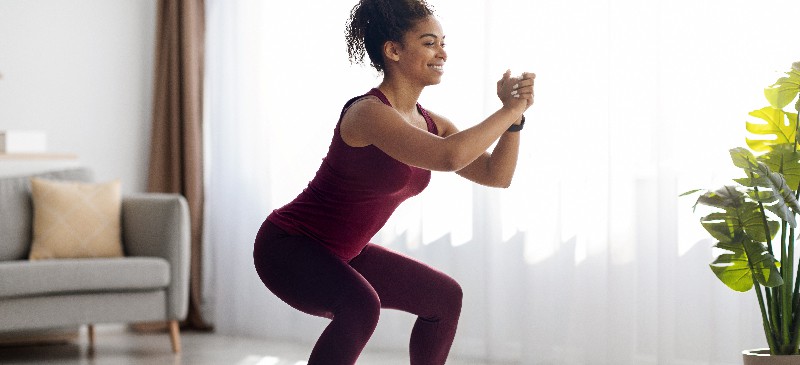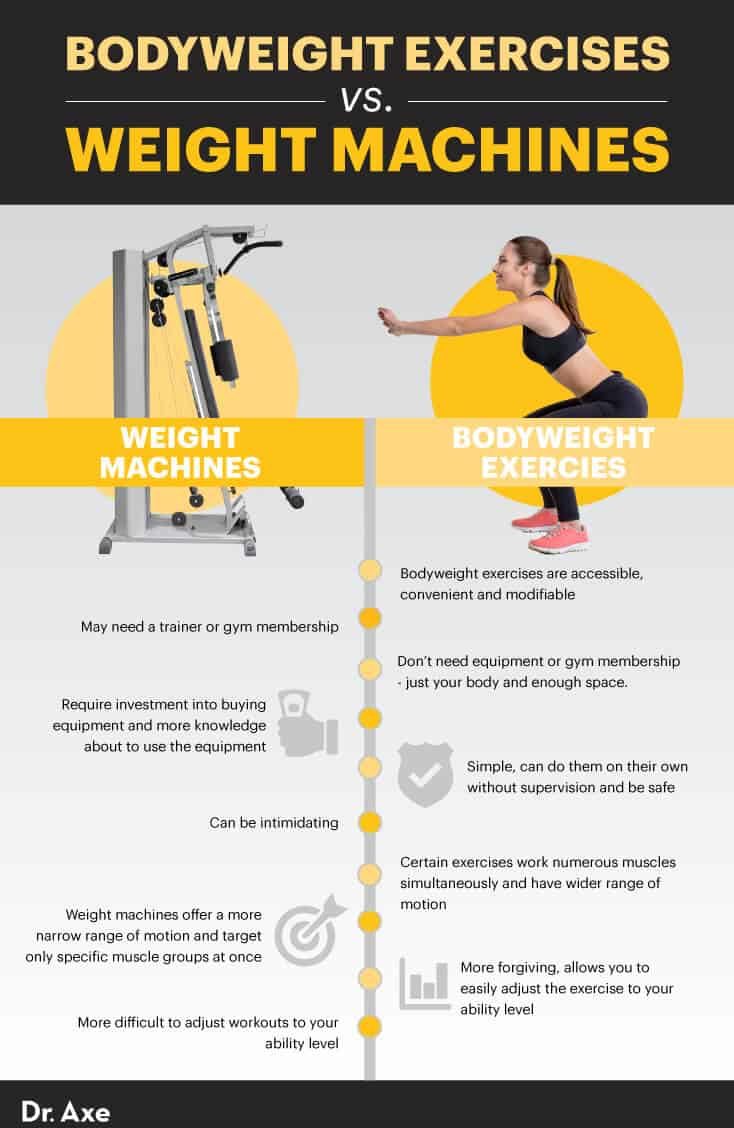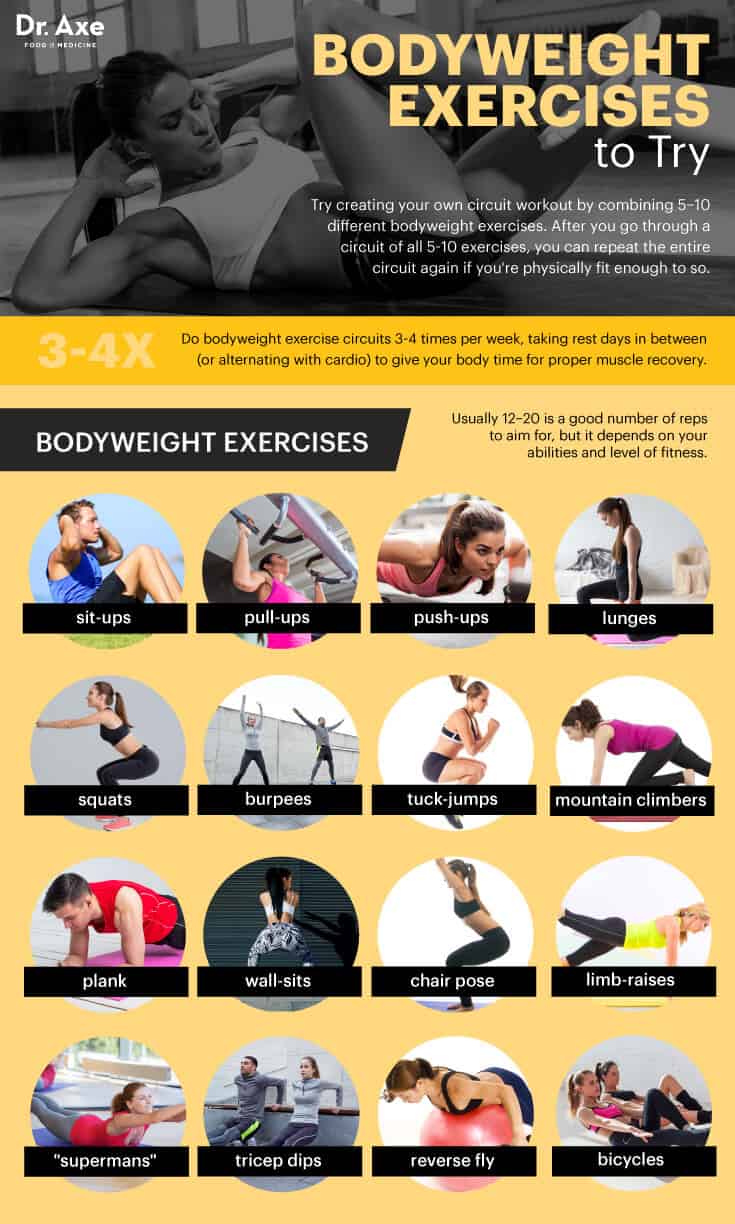This Dr. Axe content is medically reviewed or fact checked to ensure factually accurate information.
With strict editorial sourcing guidelines, we only link to academic research institutions, reputable media sites and, when research is available, medically peer-reviewed studies. Note that the numbers in parentheses (1, 2, etc.) are clickable links to these studies.
The information in our articles is NOT intended to replace a one-on-one relationship with a qualified health care professional and is not intended as medical advice.
This article is based on scientific evidence, written by experts and fact checked by our trained editorial staff. Note that the numbers in parentheses (1, 2, etc.) are clickable links to medically peer-reviewed studies.
Our team includes licensed nutritionists and dietitians, certified health education specialists, as well as certified strength and conditioning specialists, personal trainers and corrective exercise specialists. Our team aims to be not only thorough with its research, but also objective and unbiased.
The information in our articles is NOT intended to replace a one-on-one relationship with a qualified health care professional and is not intended as medical advice.
Bodyweight Exercises to Build Strength at Home
April 21, 2023

If you knew that there was something completely free, totally accessible no matter where you are, and proven to benefit your sleep, metabolism, bones, immunity and mood — wouldn’t you be willing to give it a try? Then bodyweight exercises should be right in your wheelhouse.
Despite the fact that most health professionals recommend that strength training become an integral part of every adult’s fitness program in order to get the most benefits of exercise, most people still don’t take advantage of all that strength-building exercises have to offer. Because people usually cite reasons like a lack of time, no gym membership or not knowing how to use weight machines properly as obstacles to strength training, here’s an idea: Simply do bodyweight exercises instead!
Did you know that Americans lose on average more than six pounds of lean muscle mass for each decade of life? Some researchers estimate that our metabolic rate decreases 3 percent to 8 percent each decade from the age of 20, which can mostly be attributed to a natural decrease in muscle mass.
One of the best ways to maintain a strong metabolism and prevent your weight from creeping up? Work at building more muscle mass by challenging yourself to lift heavy things. Stressing your body with a heavy load makes it stronger, whether that load is a dumbbell workout, weights on a machine or your very own body.
What Are Bodyweight Exercises?
Bodyweight exercises is simply using your own weight to build strength. A push-up, a plank or the squat exercise are three classic bodyweight exercises. Bodyweight exercises are totally customizable, can be done anywhere and at any time, requires no equipment or gym membership, and takes less than 30 minutes.
If free weights, treadmills, group classes or exercise machines intimidate you, bodyweight exercises might be the very thing you need to break into a healthier routine.
Cardio (aerobic) exercises definitely have their benefits, but building muscle is equally important and often overlooked. Bodyweight exercises are a type of strength training, which helps rebuild muscle wear and tear that develops as we age. Numerous studies show that building lean muscle mass is also great for your heart, blood vessels, lungs, hormone production and even brain activity.
Another little-known benefit of bodyweight exercises and other forms of strength training is that they help reverse the negative effects that chronic dieting, or “yo-yo dieting,” can have on the body. You’re probably thinking, “Aren’t diets supposed to help improve your body composition?” Supposed to, yes, but consider this: Someone who has been dieting for years loses muscle tissue from both the process of aging and from a low-calorie diet that doesn’t supply enough nutrients to muscles to help them stay strong. Muscle is critical for maintaining a healthy weight because it’s actually metabolically active tissue, requiring more calories than fat just to be sustained.
How much strength training do you need to do each week? Most authorities recommend:
- Performing strength-training exercises at least two to three times per week. Each should be a “full-body workout” ideally, which uses multiple big muscle groups (like your back, legs, chest and core) to get the most bang for your buck.
- For each strength workout, aim to do eight to 10 different exercises, varying the muscles that each one targets. Each exercise is done in one set, and within each set you should perform eight to 12 reps.
- After completing your strength workouts, make sure to also stretch at least two to three days a week to prevent injuries and increase range of motion, flexibility and recovery time.
Benefits
Whether or not weight loss, or even weight gain, is your primary goal, keep in mind that bodyweight exercises have benefits that are far beyond just improving your appearance. Here are several ways that doing bodyweight exercises can help you maintain better cognitive, immune, cardiovascular and hormonal health:
1. Help Build and Maintain Lean Muscle Mass
As you’ve learned, building strength is crucial for maintaining a strong metabolism as you age, since it increases lean muscle mass that naturally declines as someone gets older. Muscle mass plays a significant role in maintaining a healthy weight and general metabolic functions — for example, helping with insulin sensitivity, thyroid function and hormonal balance. Generally the more lean muscle you hold on your frame, the higher your basal metabolic rate is, which means you need more calories just to maintain your weight on any given day.
Ever notice that muscular athletes can get away with eating a lot? It’s not just that they’re training for many hours a day; muscles also burn more calories than fat does. When you build more muscle, you burn more fat even when you’re at rest or simply sleeping! Bodyweight exercises can also result in increased growth hormone production. Growth hormones are often referred to as our natural fountains of youth, because they’re what help us retain lean body mass and fat-burning abilities.
Finally, if you simply enjoy cardio workouts like running or swimming more than strength exercises, here’s some good news: Lifting weights of any kind gives you enhanced strength and performance, which provides more power for all sorts of exercises. For example, building strength in the back or core comes in handy when you’re running, while strengthening the shoulders is useful for swimming.
2. Improve Heart Health
Exercise of any kind causes the heart to pump blood stronger and more effectively, which reduces blood pressure levels naturally and improves circulation. The heart is strengthened just like any other muscle when it’s routinely put under more pressure, so it adapts by gaining the ability to do its job better.
Strength-training exercises are also tied to healthier blood cholesterol levels and less risk for a heart attack or stroke. In fact, regular strength-building exercise is tied to increased longevity in general — even protection from cancer — since it prevents muscles from wasting and down regulation in the metabolism. Even patients recovering from heart attacks or heart disease are now advised to do weekly dynamic resistance exercises to build back heart strength and endurance safely.
3. Reduce Risk for Diabetes
Exercise can also fight diabetes since it helps with removal of glucose (sugar) from the blood, ushering the glucose into your muscles to be as stored as glycogen and used for energy at a later time. Another benefit of this process is that it prevents a high level of glycation end products from accumulating in the bloodstream, which over time can damage blood vessels, organs and tissues.
4. Improve Your Mood and Fights Depression
Some people refer to exercise as the body’s natural Prozac, since it biologically reduces stress and is tied to improvements in self-esteem, confidence, the ability to problem solve, better sleep and emotional health. When you exercise, your body releases endorphins, chemicals that give you a natural high and lift your mood, helping to fight depression and improve low energy levels.
5. Help Maintain Cognitive Function
Strength training is often tied to longevity and a reduction in DNA damage due to the anti-aging effects of muscle mass. The hormone BDNF, which is stimulated by exercise, helps brain cells regenerate even as someone becomes older. Exercise also lowers oxidative stress and inflammation, which are tied to cognitive disorders like Alzheimer’s disease, dementia and so on.
6. Improve Health of Joints and Bones
Increasing muscle mass offers protection of joints and bones, since stronger muscles mean that you rely less on your joints to move around. Exercising has been shown to help improve pain in the back, ankles, knees and hips, while also increasing bone strength and density.
Weight-bearing exercises increase your body’s fortification of bone reserves and protect your skeletal frame, which is crucial for preventing fractures, falls and bone loss into older age (especially for women who are at a higher risk for osteoporosis).

Bodyweight Exercise Workout
Now that you know all the benefits of bodyweight exercises, let’s look at how you can get started. Overall, the idea is for you to integrate exercises that build strength all over, ideally by doing moves that use more than one body part (like push-ups, squats or burpees). Many of these moves are similar to calisthenics.
Keep thing simple at first and and time-efficient, since the more convenient your exercise routine is, the more likely you are to stick with it. That’s one of the top exercise hacks there is.
Try creating your own circuit workout by combining 5–10 different bodyweight exercises below. Each can be done one after the other for the best results, without much rest in between. This gets your heart rate up quickly and gives you the benefits of a cardio workout at the same time.
After you go through a circuit of all 5–10 exercises, you can repeat the entire circuit again if you’re physically fit enough to so. If not, this is simply something to work toward. Do bodyweight exercise circuits 3–4 times per week, taking rest days in between (or alternating with cardio) to give your body time for proper muscle recovery.
Bodyweight exercises to try include:
- sit-ups
- pull-ups
- push-ups
- lunges
- squats
- burpees
- tuck-jumps
- mountain climbers
- plank
- wall-sits
- chair pose
- limb-raises
- “supermans”
- tricep dips
- reverse fly
- bicycles
In addition, many butt workouts include bodyweight exercises such as the donkey kick. How do you know how many repetitions you should do? Do what feels right and always focus on form, while listening to your muscles for feedback. Usually 12–20 is a good number of reps to aim for, but it depends on your abilities and level of fitness.
Begin with light loads and slow speed to get proper form down, then increase difficulty if you can maintain proper form by doing more reps or performing the exercise at a quicker speed. Your muscles should be fatigued at the end but not in complete pain, strained or injured.
To keep things interesting, you might want to also invest in some simple at-home tools that make incorporating bodyweight or strength exercises throughout the day easier than ever:
- a pull-up bar (to hook onto a door at home)
- basic free weights or dumbbells
- a yoga mat
- stability ball
- BOSU ball

Adding HIIT Bodyweight Workouts
Instead of doing the same number of bodyweight exercise sets/reps, the same duration or a consistent level of intensity each time, try to keep challenging yourself. Kicking it up a notch and performing strength training at a higher intensity has numerous benefits.
High-intensity interval training (HIIT workouts) isn’t just for cardio; it can also take the benefits of bodyweight exercises to the next level. And just like doing slower circuit workouts, you can practice bodyweight training at home.
What qualities as high-intensity? During the “intense” interval you want to reach around 85 percent of maximum heart rate, which means you’ll be breathing heavily for a short, but difficult, period. Between intense intervals of performing reps very quickly, which should last about 30–60 seconds, take the same amount of time to rest.
Above 85 percent of your max heart rate is the anaerobic threshold, or the point at which your body starts experiencing an afterburn effect that causes you to burn calories long after the workout is over. At this point you should be sweating and really feeling the burn, but it’s well worth it — HIIT takes a shorter amount of time and has enormous health benefits relative to traditional cardio or circuit training workouts.
Final Thoughts
While cardio has its benefits, nothing beats strength training for long-term weight management. And when it comes to strength training, bodyweight exercises are the safest, most convenient and least expensive workouts to do.
Not only do they use your own bodyweight to work out, but they build muscle that burns fat long after your workout is done. Bodyweight workouts are more attractive to people who find weight machines or the gym intimidating or too costly. And their benefits include more than just building lean muscle mass — which is the main, most impressive benefit, of course.
Bodyweight exercises also improve heart health, prevent and treat diabetes, improve your mood, help maintain cognitive function, and strengthen joints and bones. So stop making excuses and start your strength training today with bodyweight exercises! You’ll feel better, look better and become healthier overall!












